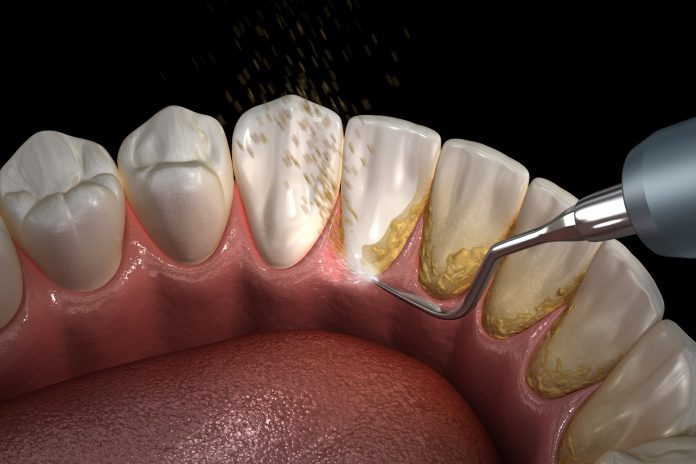Most people reckon oral hygiene as brushing and flossing teeth, yet forget another vital aspect, visiting the dentist regularly for dental exams and cleanings. While brushing twice a day helps remove plaque and prevent its build-up, some plague remains between your teeth. Therefore, family dentistry Tomball offers dental cleaning to remove leftover plaque which may calcify and form tartar, putting you at risk of gum disease. Although dental cleaning is essential, most people dread this process because of prodding, strange noises, and occasional jaw discomfort. However, for most people, cleaning is simple and pain-free. Knowing what professional cleaning involves can help ease your apprehension during the process. Here is what happens during teeth cleaning.
Physical examination
Teeth cleanings are often performed by an oral health professional called a dental hygienist. Before cleaning, your provider checks your mouth using a small mirror. A physical exam is essential to ensure you have healthy teeth and gums and are eligible for cleaning. If you have signs of gingivitis, you may need treatment before proceeding with teeth cleaning. If the dental hygienist detects any major problem, you will need confirmation from your dentists before your teeth are cleaned.
Plague and tartar removal
Using a scaler, the dental hygienist scrapes off plaque and tartar around your gum line and between your teeth. A small mirror usually helps the dental hygienist to see your teeth and gums. The scraping may be uncomfortable, but it should not be painful. The dental hygienist scrapes a particular spot until there is no tartar left. Brushing and flossing your teeth helps prevent tartar, but once this hard deposit forms on your teeth, you can only have it removed at your dentist’s office. Therefore, if you dread the scraping part, you should never fail to brush and floss.
Gritty toothpaste cleaning
Once your teeth are free from plaque and tartar, your oral health professional uses a high-powered electric brush to deep clean and remove any remaining tartar. The electric brush produces a grinding noise which can be scary. Professional cleanings use toothpaste similar to the regular ones, but it usually has a gritty consistency that lightly scrubs your teeth. Cleanings are deemed safe when performed by a professional twice a year. It is important to note that professional cleaning is aggressive, but you should not be as harsh with your teeth at home lest you wear down the enamel.
Flossing
Nothing compares to an expert flossing session, even if you floss every day at home. Your provider can enter the teeth’ crevices and locate any potential trouble spots. Flossing also removes any leftover plaque or toothpaste from earlier cleaning.
Rinsing
Your dental hygienist will give you a rinse containing liquid fluoride to eliminate debris in your mouth.
Fluoride treatment
Finally, your provider places a foamy gel or a sticky paste into a mouthpiece that fits over your teeth, leaving it there for a minute. The dental hygienist may also paint fluoride varnish on your teeth; this hardens when in contact with saliva, meaning you can eat or drink immediately. Reserve a session today with your dentist at Russell Family Dentistry for professional cleaning to enjoy the minty, fresh results.
















